When you think of the fashion industry, you probably think of very expensive and maybe slightly impractical clothing.
High-end fashion has long been a mark of status, beauty, and wealth, and people have been using their clothing for hundreds of years to show off.
Such was the case in Paris in the 1910s. The period, known as the Belle Epoque, or "Beautiful Era," was characterized by peace, technological advancement, and flourishing art and design.
In America, it was known as the "Gilded Age." In Paris, besides art, literature, and music, fashion also thrived.
And while it might not seem like the most down-to-earth choice, it is pretty easy to get swept away by the amazingly beautiful designs and craftsmanship of these gowns.
Of course, high-end gowns in rich, luxuriant fabrics were only available to wealthier people, and it becomes even more amazing when you consider that each gown was tailor-made for the customer. "Off the rack" simply did not exist.
While today we wouldn't be used to wearing the long, cinched-waist gowns the way women in the 1910s were, it's still fun to imagine, much the way it's fun to imagine slipping on a pair of exquisite shoes from another era.
Check out the photos below to peek into another time and marvel at the gowns, the hairdos, and of course the hats!
[H/T: MessyNessyChic]
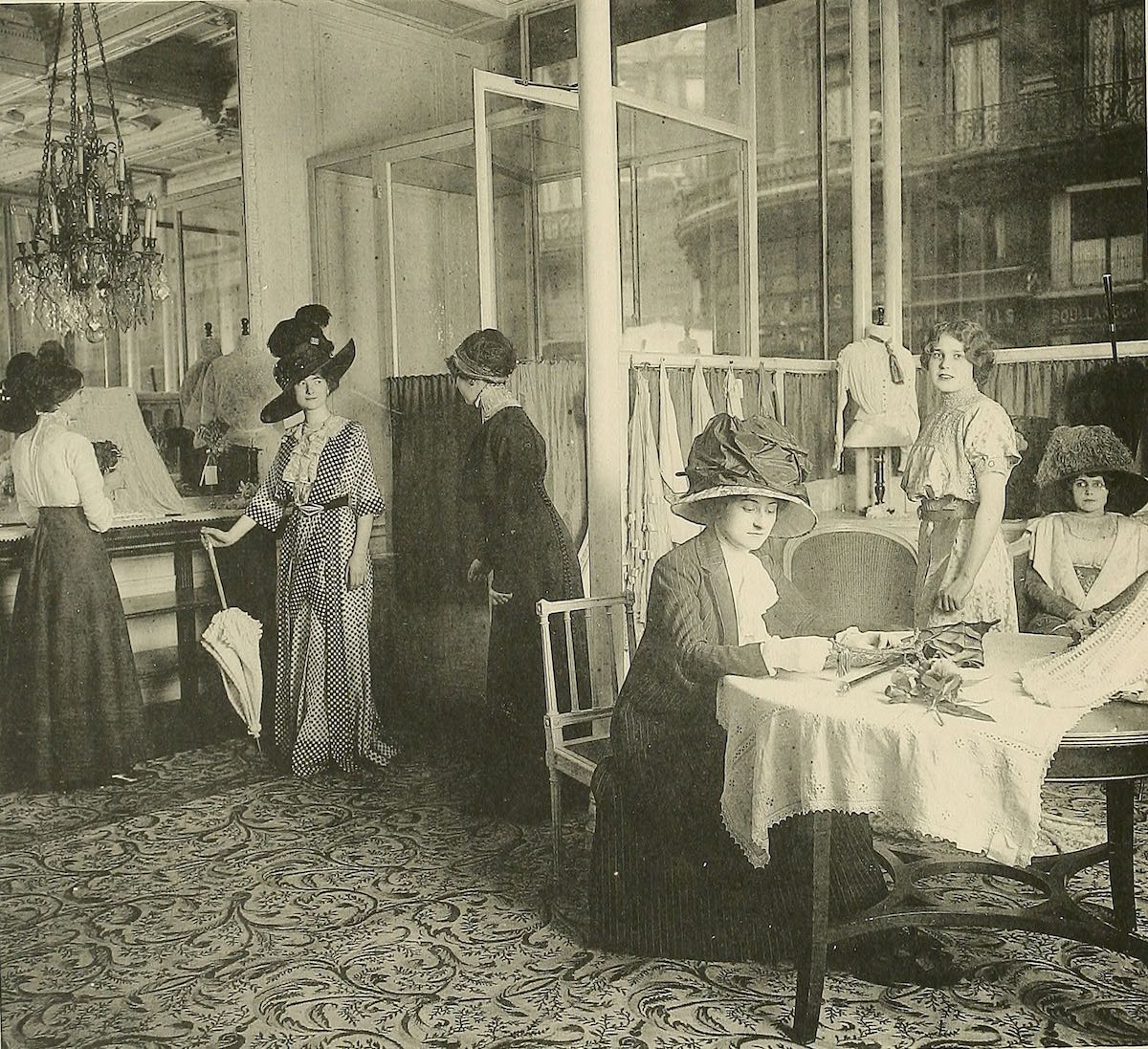
We envision long-ago fashion much like this scene from the 1910 book Les Createurs de la Mode by Leon Roger-Miles, which detailed the Paris fashion industry of the time.
Of course, much more went into it than these stunning dresses.
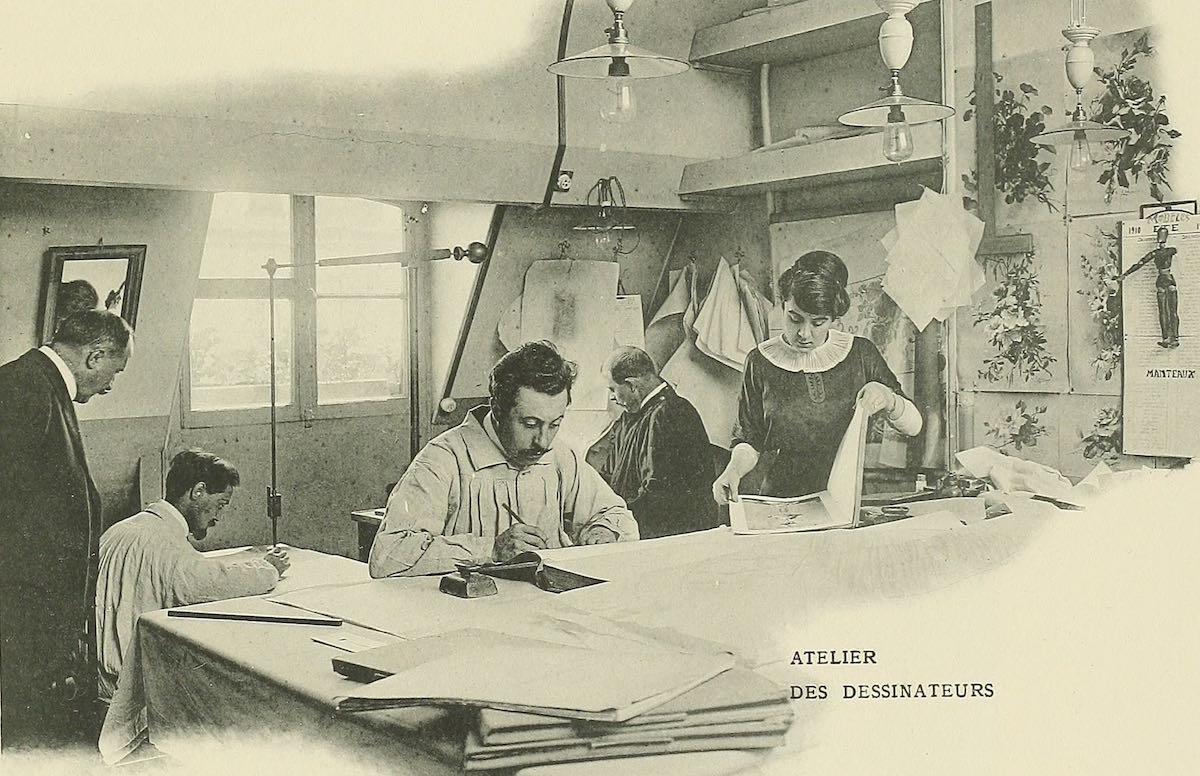
Typically, the fashion companies would all be housed in one building. While society ladies could shop on the ground floor, designers and seamstresses would be working upstairs to create new pieces.
This photo shows some designers creating sketches for new gowns.
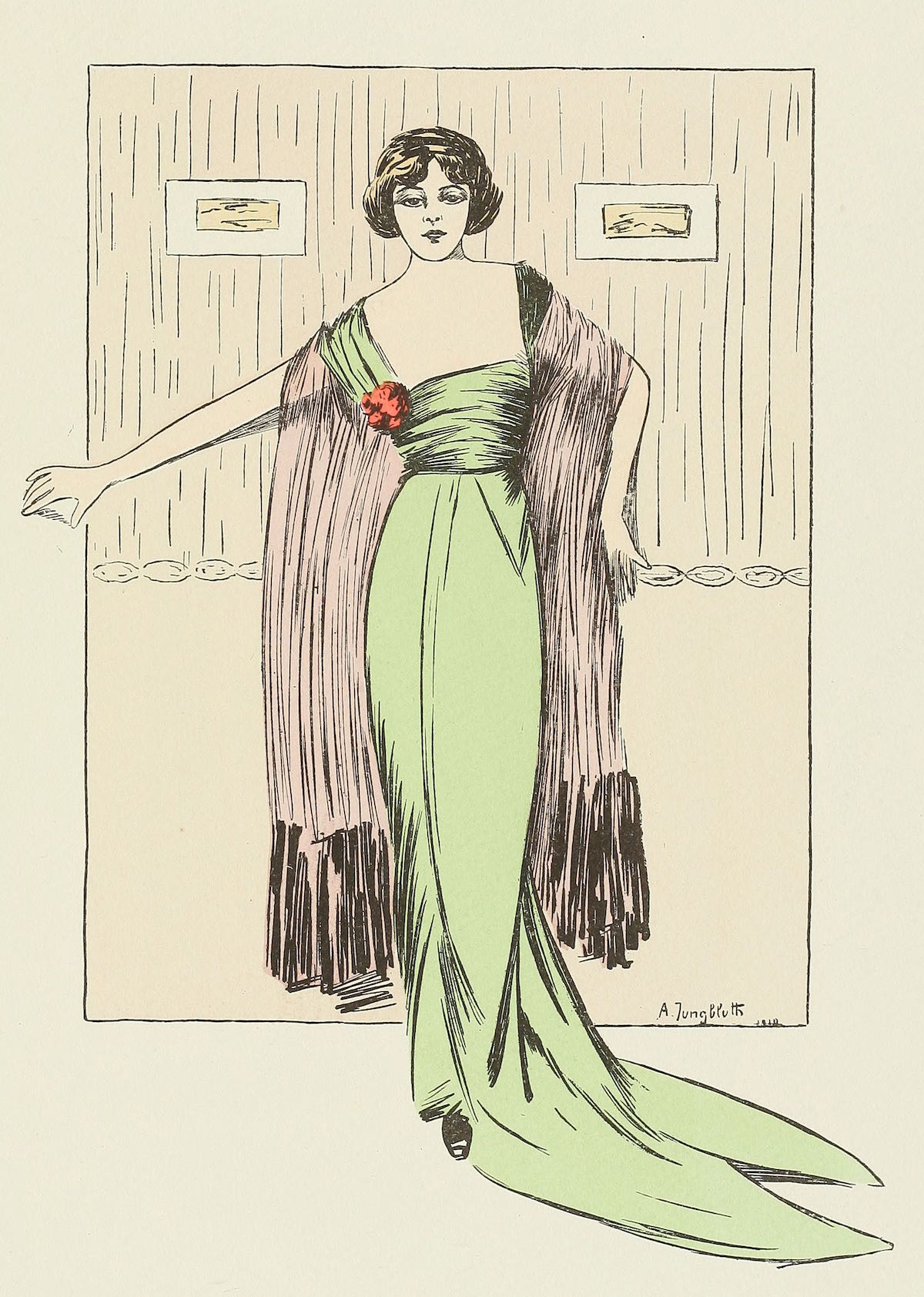
A sketch might look something like this, detailing the general shape and color of the gown, as well as decorations like this one's rose.
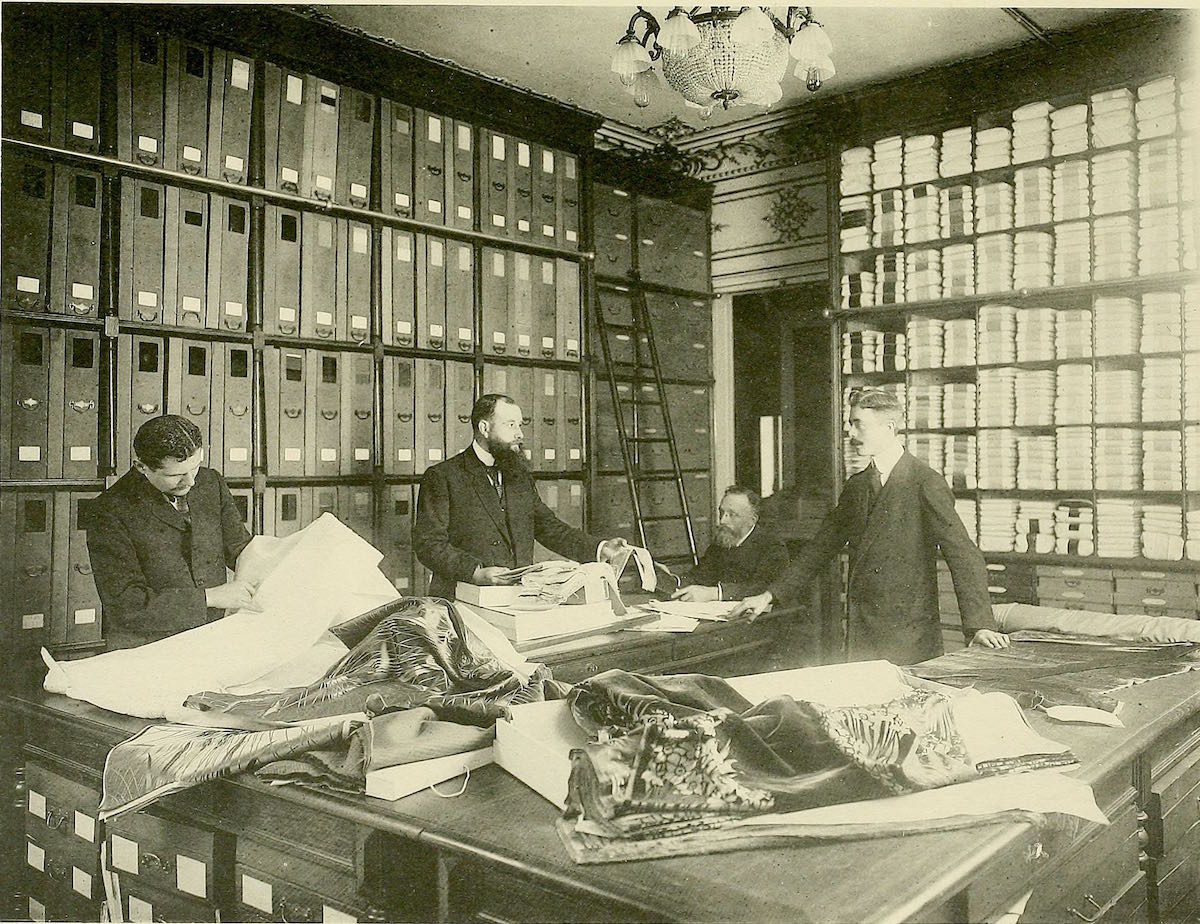
Then the fabrics would be selected.
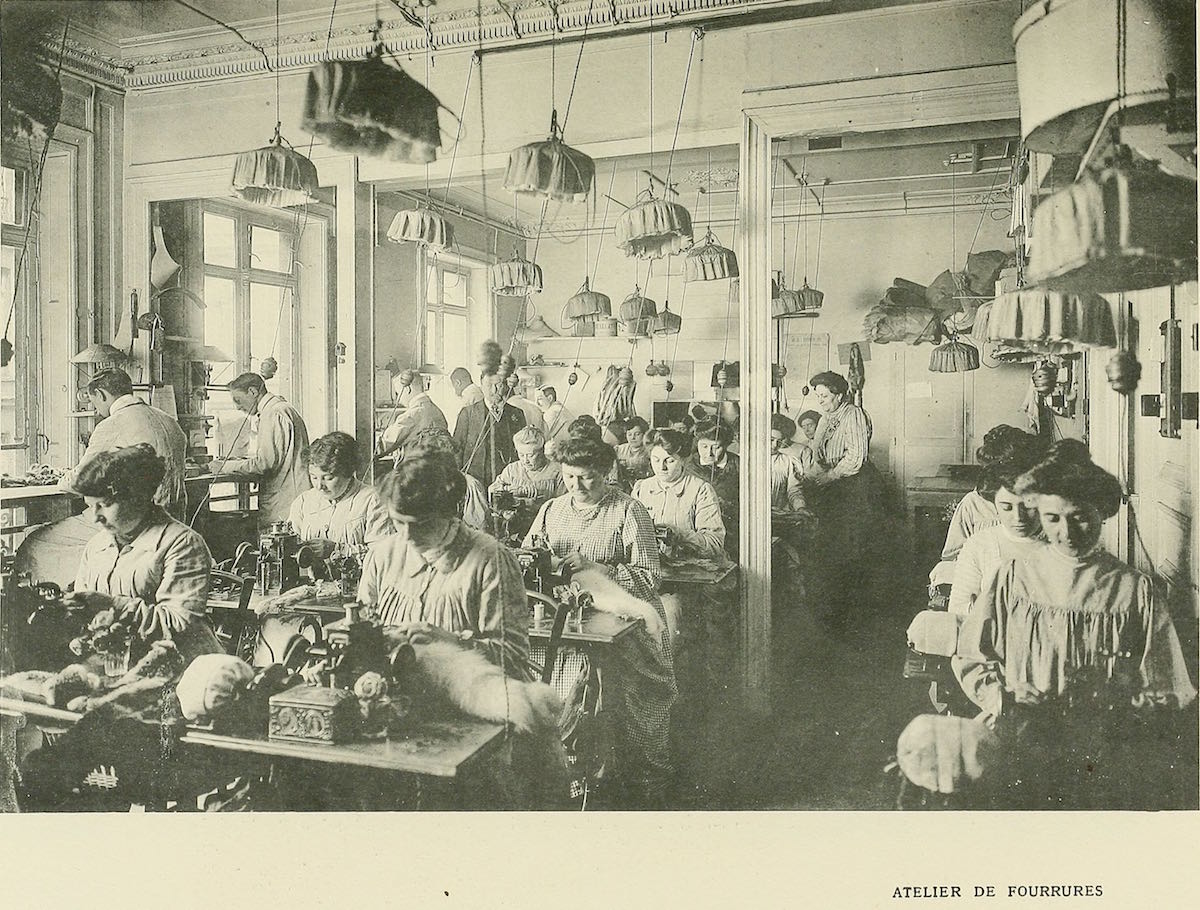
Upstairs, teams of seamstresses would work hard putting together the gowns. Some sewed on machines, like the women here.
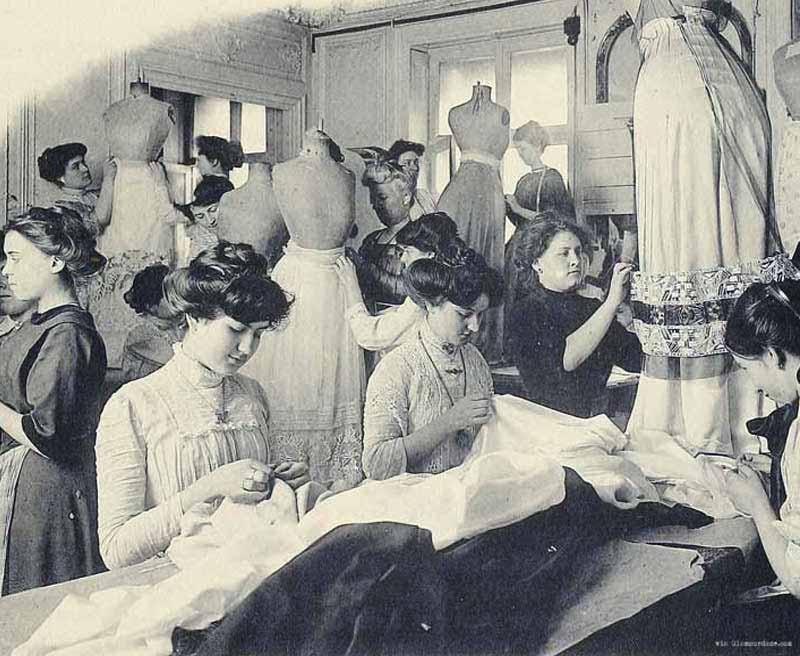
While others put on finishing details and more delicate elements by hand.
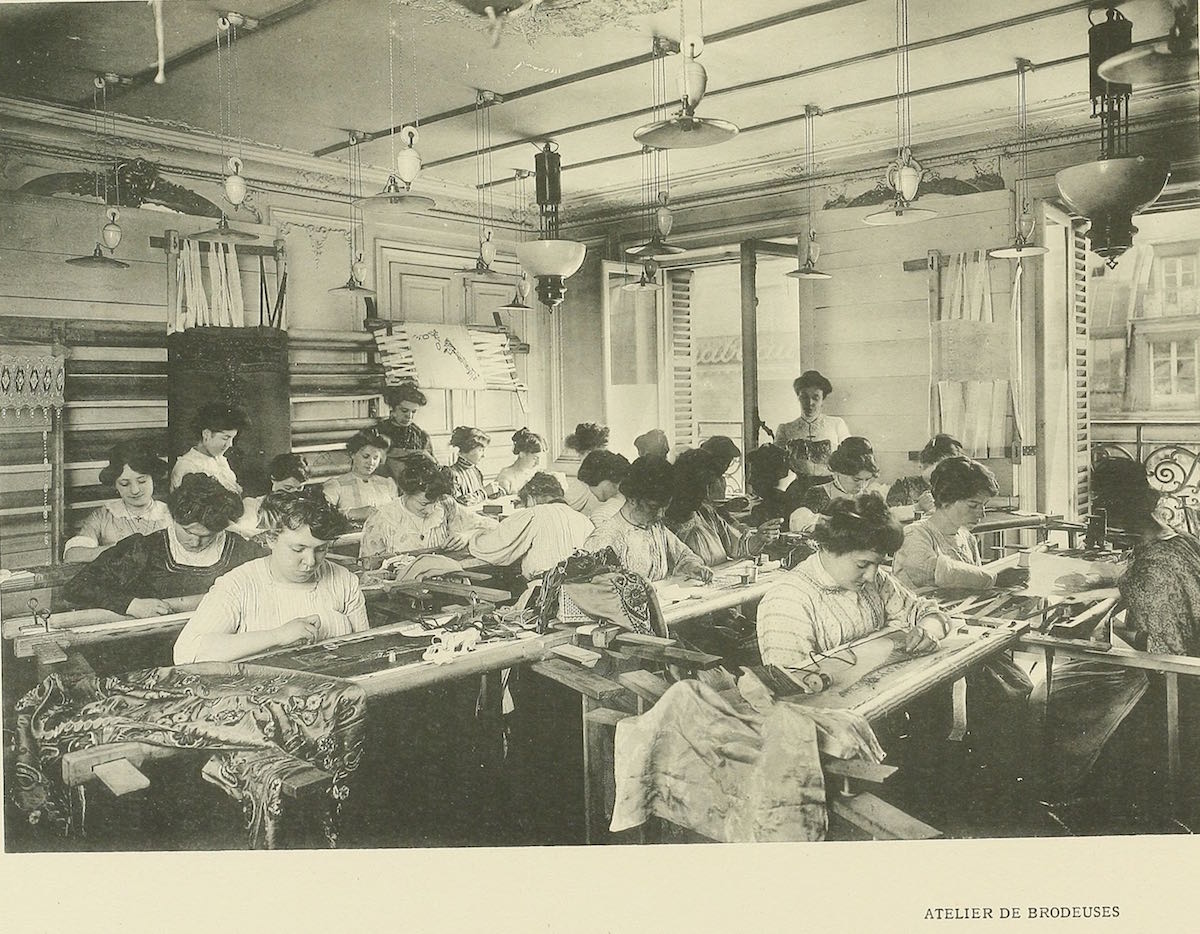
Sewing wasn't an easy job, but according to the book, the seamstresses enjoyed relatively good treatment, and were allowed to chat as they worked.
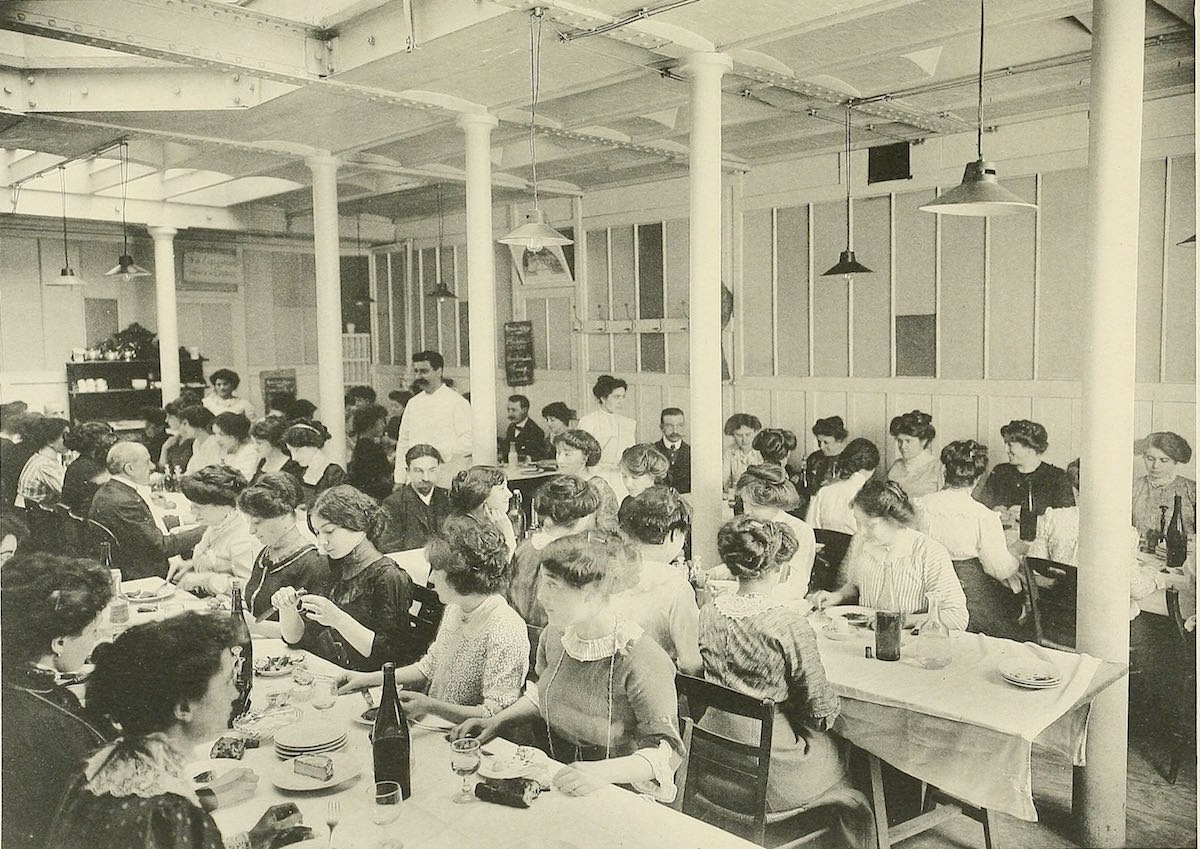
In this picture, you can see the cafeteria where everyone gathered for lunch.
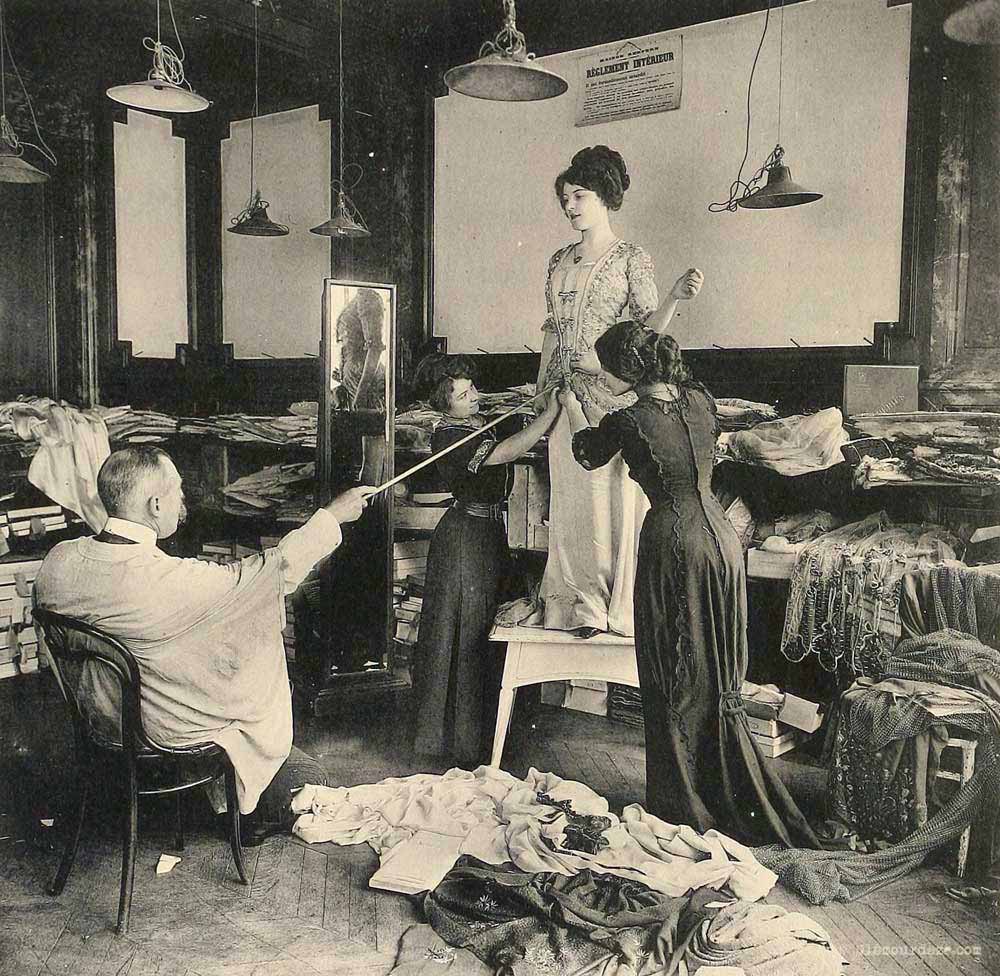
A final fitting on a model made sure that the dress came together correctly.
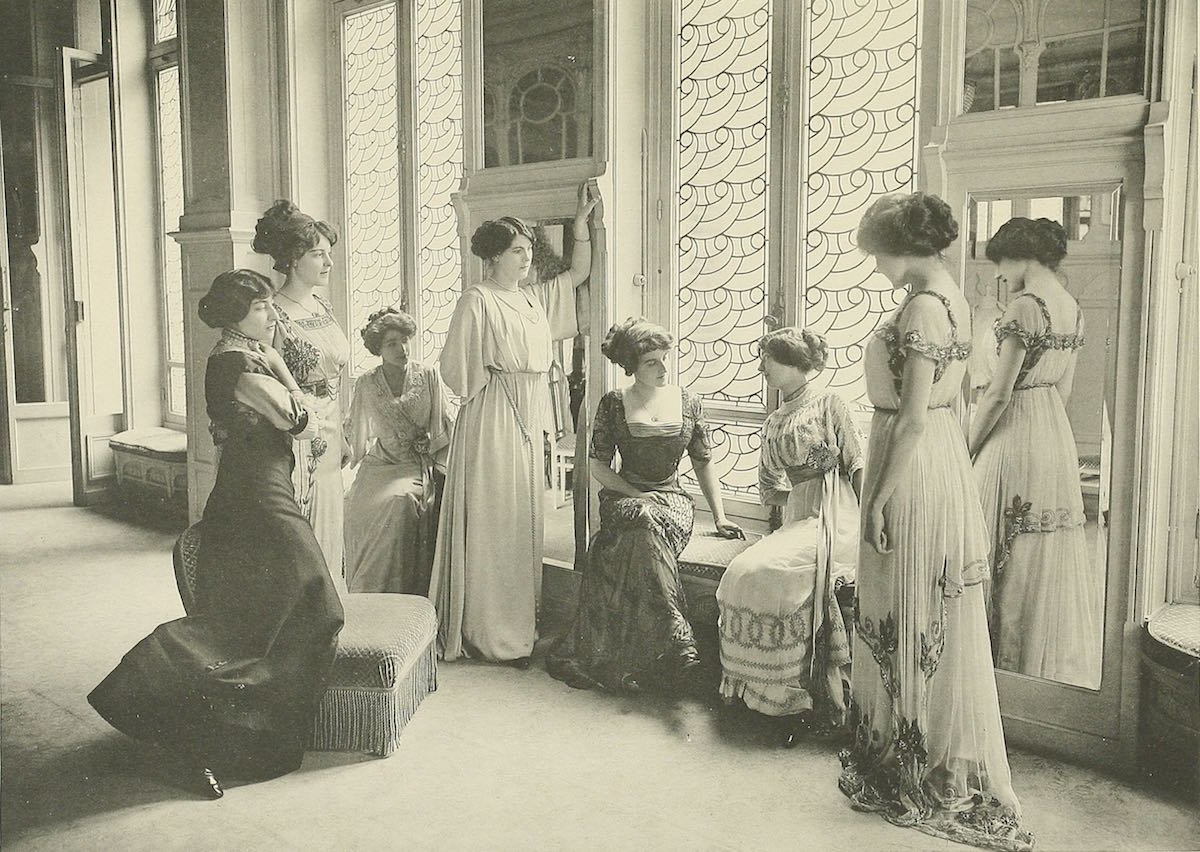
The fashion salons would also employ live models to wear the latest creations.
Unlike today's supermodels, these women would not have been paid any more than the seamstresses, and so they would usually be modeling dresses they'd never be able to afford themselves.
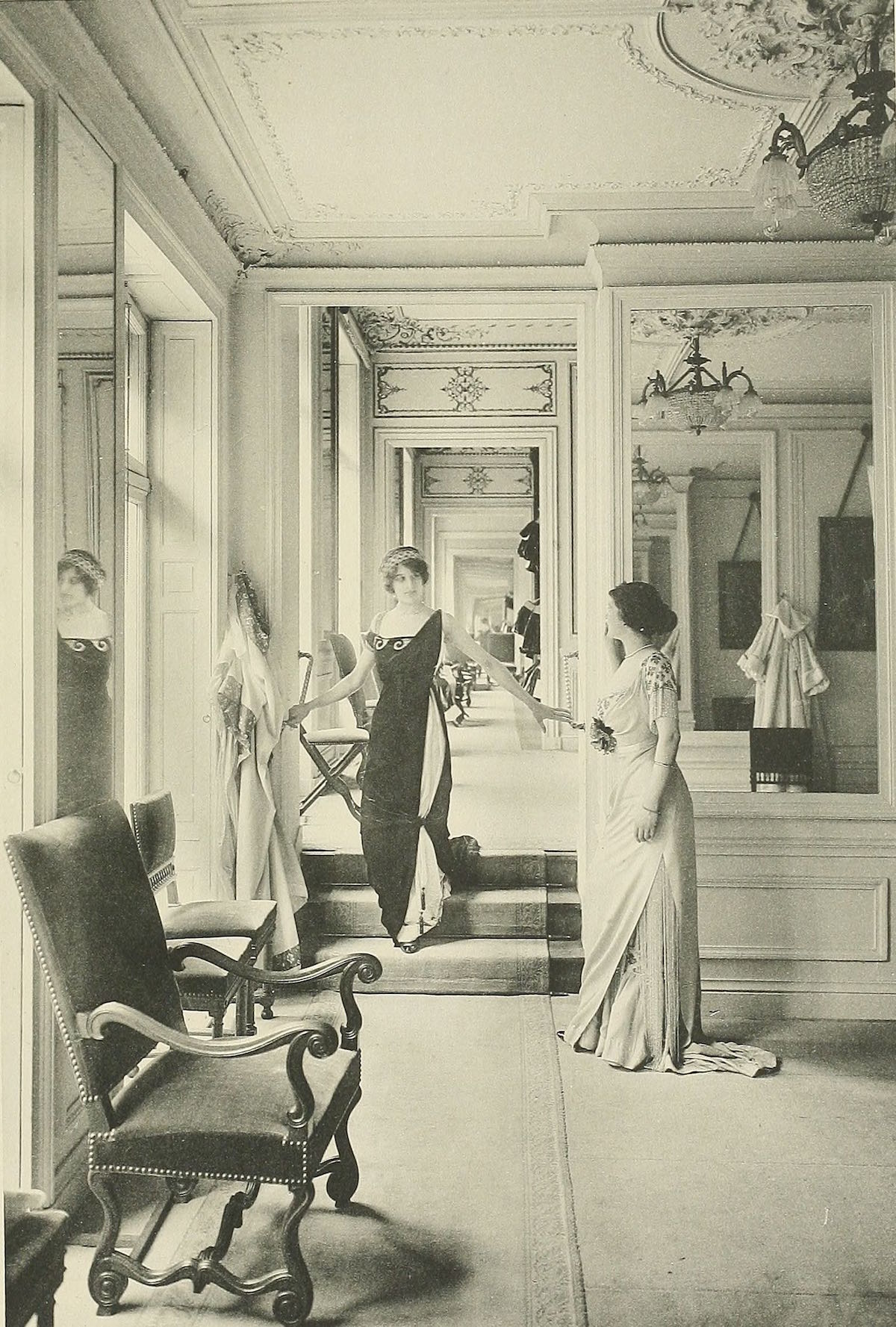
The models would change periodically, sometimes modeling specific dresses at the request of customers.
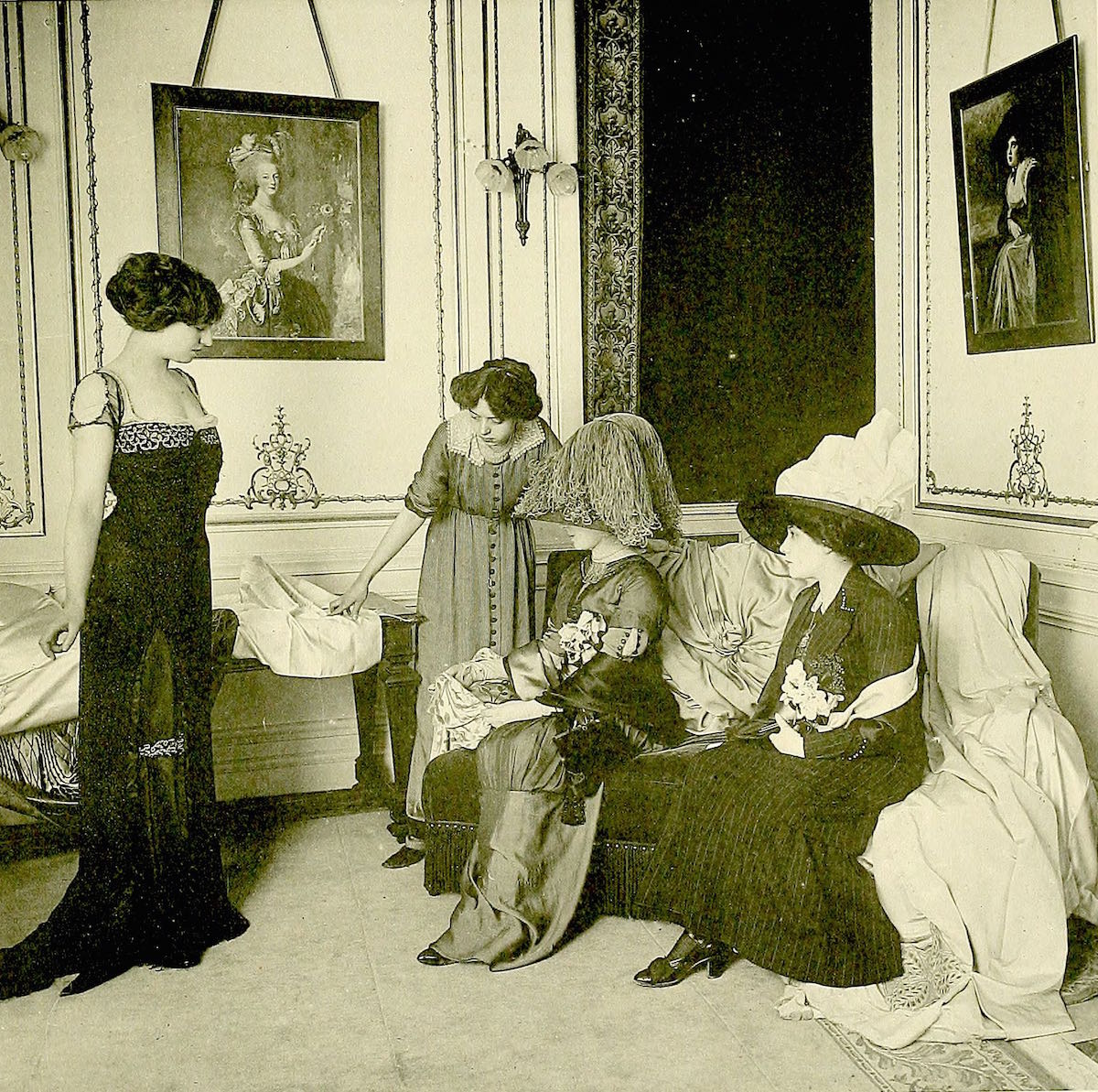
The models served as a better way to gauge how a dress might look in real life. Probably much better than a mannequin!
Here, a group of customers checks out a new dress, on a model.
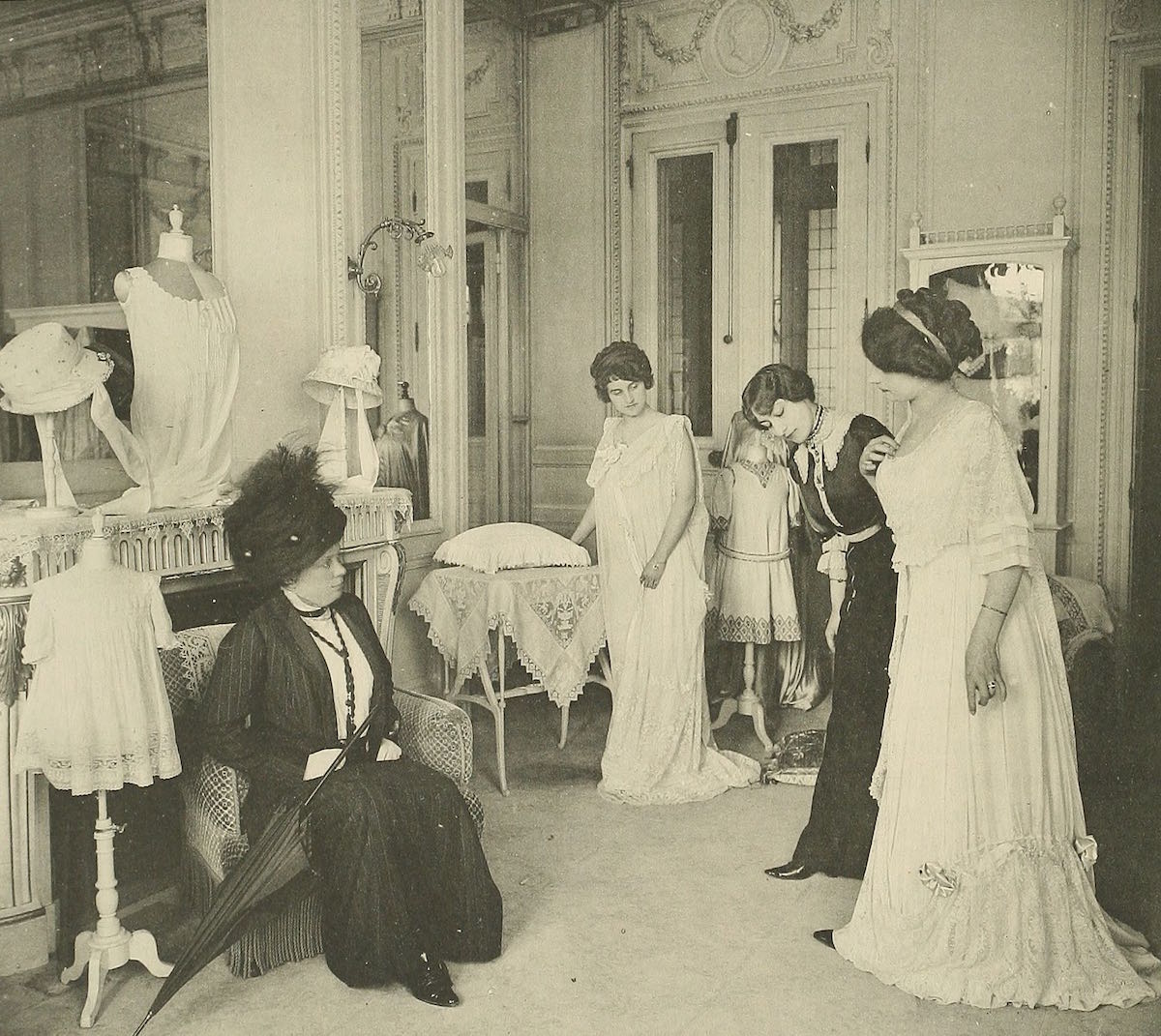
Shopping like this, of course, was a luxury preserved for Paris's most wealthy. Most people could not afford such clothing.
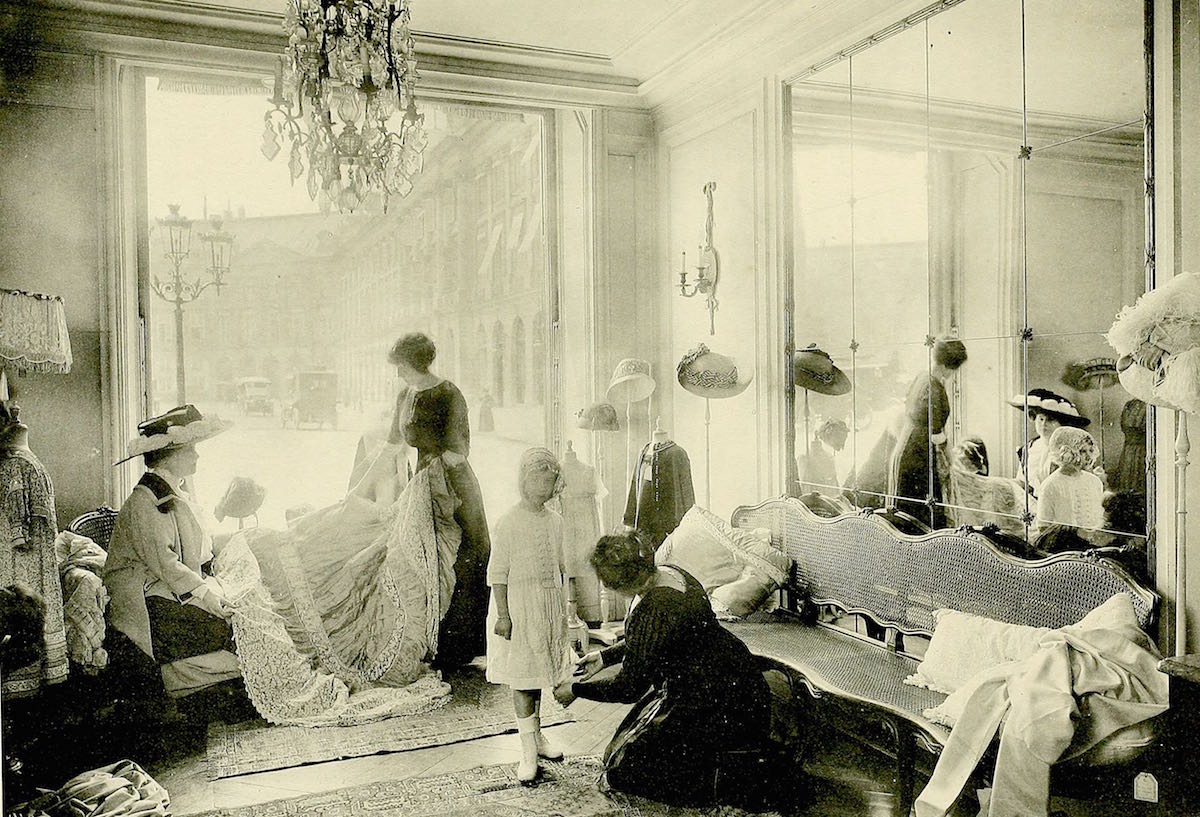
Even children had their clothing tailor-made.
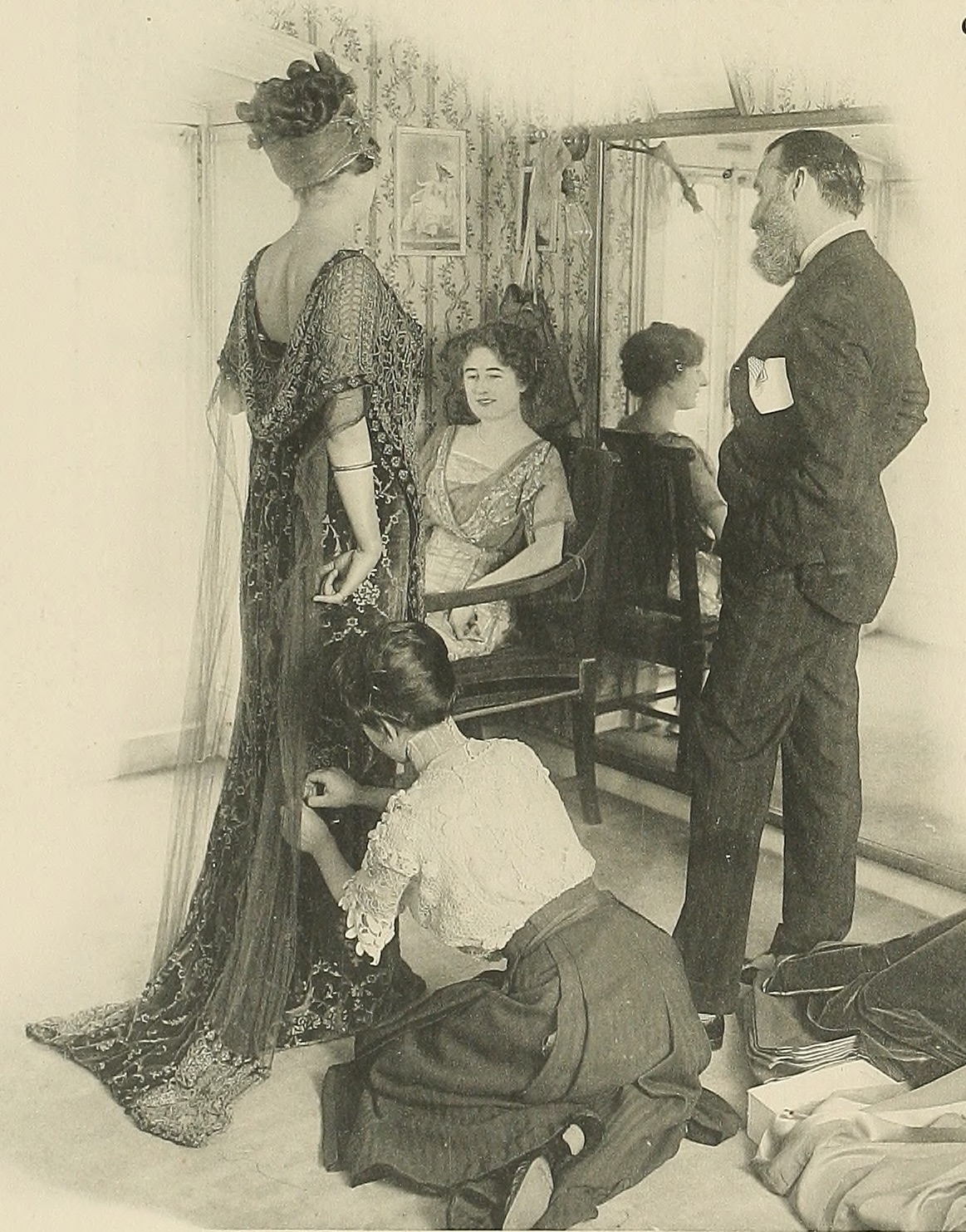
When a customer picked out a dress, personalized tailoring was done to ensure a perfect fit.
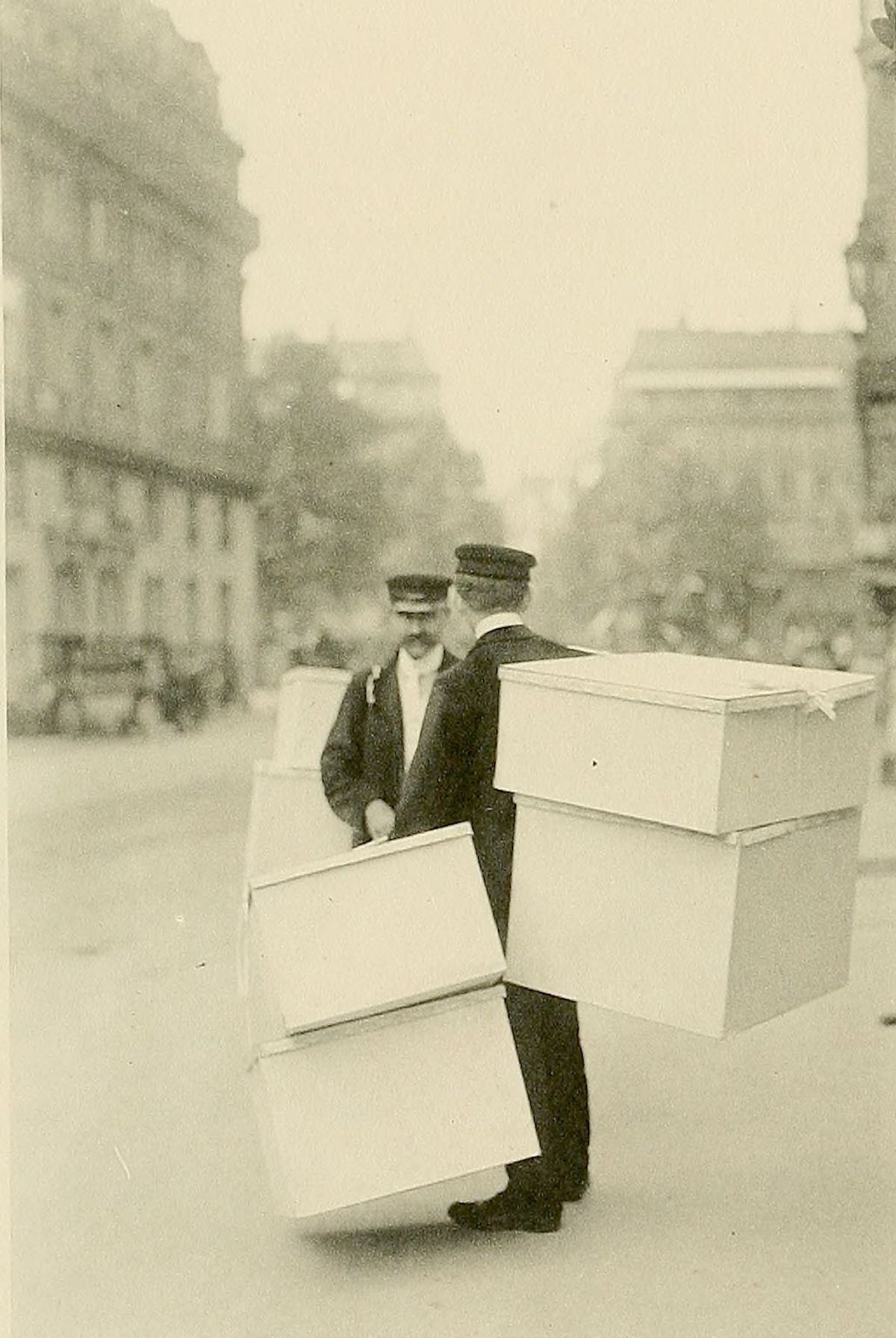
Clothing, once ordered and tailored, would then be delivered to the customer's home.
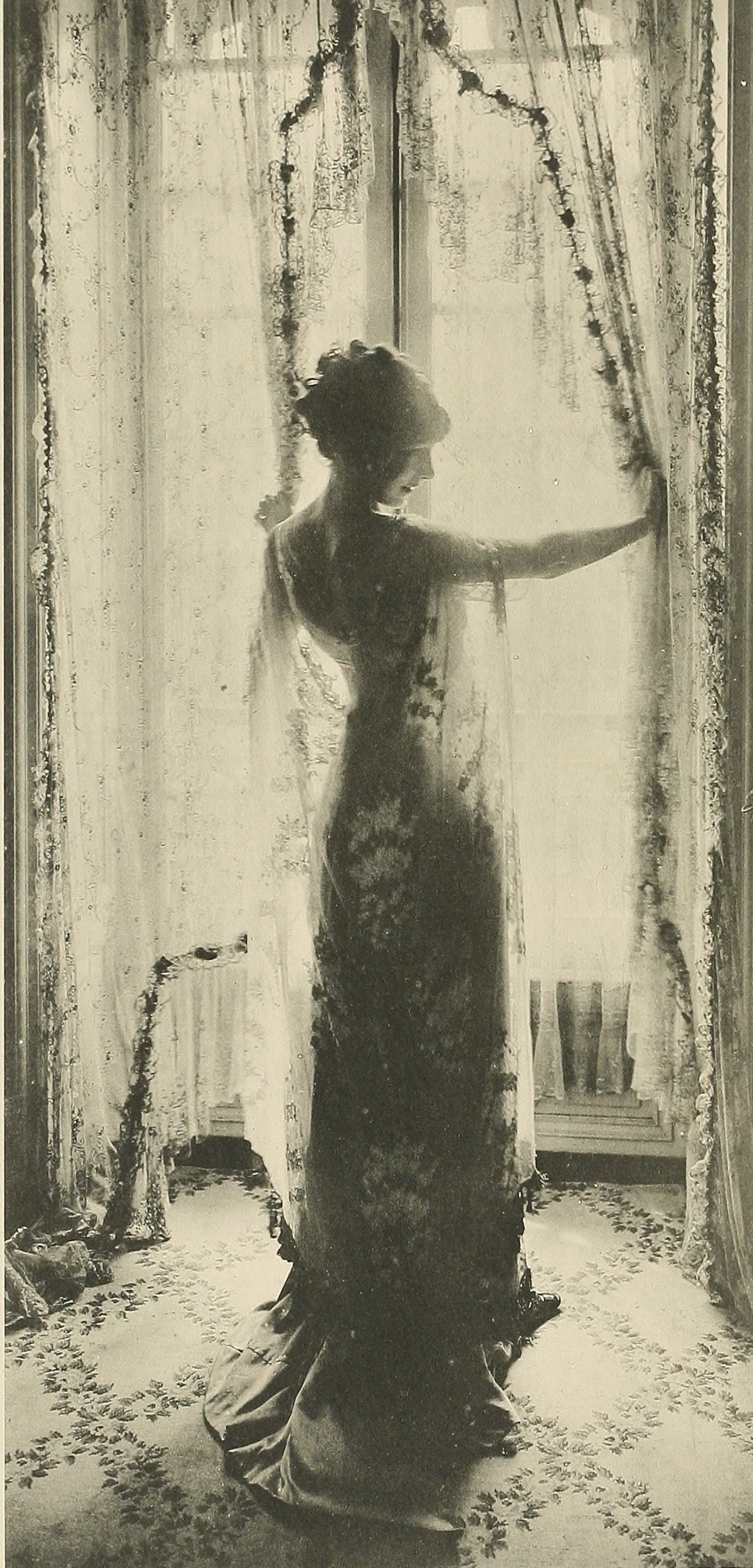
In the days of ready-made fashion and online ordering, its's hard to imagine the care and detail that went into fashion, but then, no wonder it was so expensive!
While shopping like this is a thing of the past, it's still fun to marvel over the beautiful handmade garments. SHARE this with anyone who loves fashion and a little luxury!




